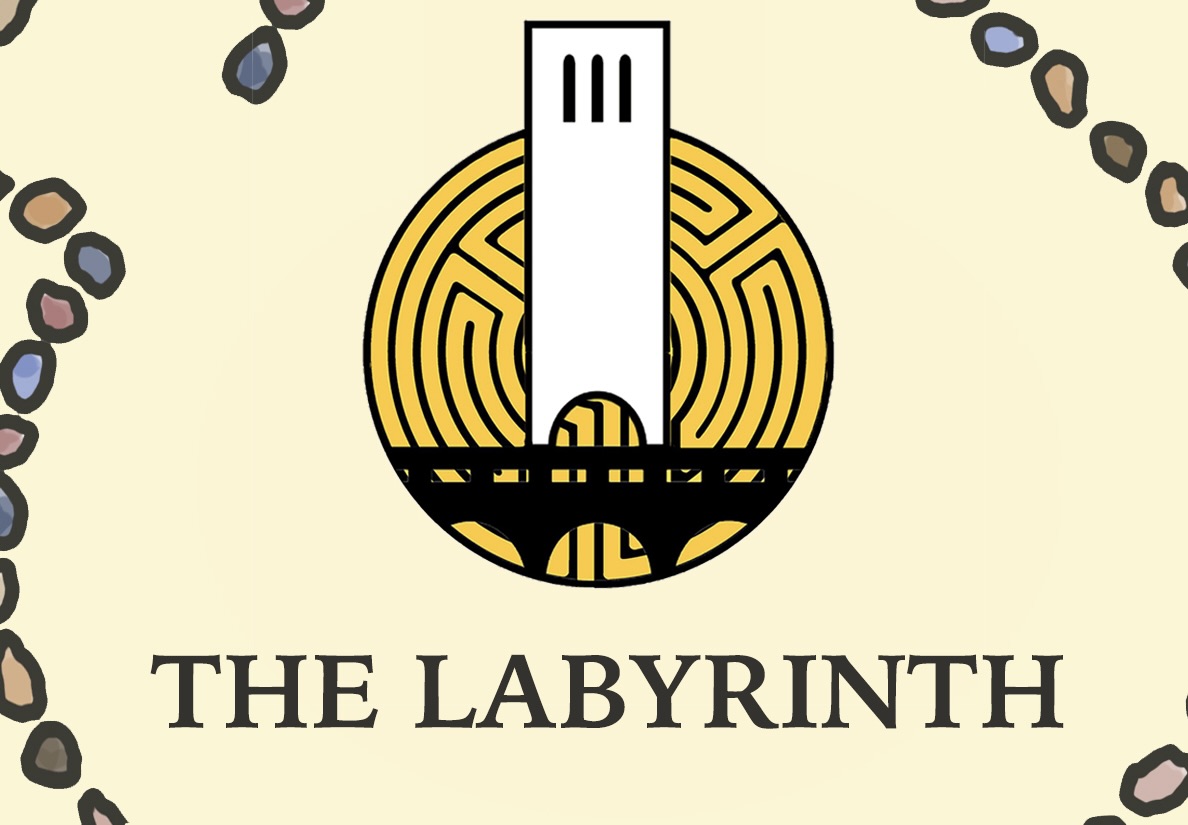On the weekend of May 18-19, a student organization led by co-directors Mayra Gomez-Labrada, a second-year theater, dance, and performance graduate student and Angel Diaz, a third-year philosophy major and theater minor, put together a production of Luis Valdez’s “Zoot Suit.” The play is based on the Zoot Suit Riots of 1943, which were a series of brutal attacks on Chicano youth, and draws from the real life of Henry Leyvas.
In the week leading up to the play, Zoot Suit UCSB — named after the play itself — held a series of events in celebration of Chicano heritage. One of these events was a guest lecture by Chicano scholar and UC Santa Barbara alumnus Jorge Huerta, who was the first Chicano to earn a Ph.D. in theater. Diaz expressed his gratitude for the outpouring of support from “the people that are responsible for the birth of Chicano theater and the larger Santa Barbara community.”
Walking into the Hatlen Theater quad, attendees were greeted by the Press, played by first-year English major Faith Lacquement, handing out newspapers and greeting guests with a warm welcome to Los Angeles. Inside the Hatlen, the room was packed with a full house of bustling excitement coming from students, faculty and community members as they filled the space on opening night. Classical Chicano jazz music played as people found their seats, feeling fully immersed into the world of 1940s Los Angeles.
After a quick introduction by Gomez-Labrada on the cultural significance of the play, the audience quieted as the lights highlighted the intricately-designed rotating set on center stage, which was manufactured by third-year theater major and scenic designer Maya Rosenberg. Suddenly, El Pachuco, played by Diaz, appeared in a striking red button-up and a matching black drape suit from the very top of the rotating set with a sense of defiant coolness radiating from him. Dressed in a similar fashion, but in a grayish-blue palette, the audience is introduced to the main lead Henry Reyna, played by fourth-year theater major Abraham Figueroa. The two men discuss the latest reports surrounding the death of young Jose Sanchez, whose body was found after a birthday party near the reservoir of Sleepy Lagoon. Throughout the entire play, El Pachuco acts as a moral compass to Henry, reminiscent of the Greek myth choruses as he narrates to the audience, making comments that break the fourth wall and advises (whether helpful or not) on Henry’s choices from the corners of each scene. Figueroa first met Diaz in a directing course during fall quarter. Around the time the two met, Diaz was already inspired to direct the play after having watched the “Zoot Suit” film adaptation during his Chicano studies course with professor Ralph Armbruster-Sandoval, so he offered Figueroa the opportunity to audition for the role of Henry. Their instant bond seamlessly translated into their characters’ dynamics, creating entirely relatable and convincing characters.
As the play progressed, the audience was introduced to Henry’s batos (his boys): Smiley Torres, played by fourth-year theater major Emma Roybal; Joey Castro, played by fourth-year economics major Kimberly Gomez Molina and Tommy Roberts, played by second-year history and global studies double major Neo Harter. These characters make up part of the 38th Street gang, the ones being pinned as the culprits of the young man’s murder, as it’s revealed inside the newspapers given before the play. These accusations don’t work in Henry’s favor, as he was just about to report to the Navy.
The conflict in the play ensues as the 38th Street gang finds themselves locked in jail awaiting their court hearing. That’s when the audience meets attorney George Shearer, played by second-year history and global studies double major Enri Lala, the “people lawyer” who has been put in charge of the group’s case by recommendation of their families. Both Shearer and Alice Bloomfied, played by second-year sociology and theater double major Olivia Ryan Escobedo, work together to ensure the world hears Henry and his friends’ stories and defend their lives from wrongful persecution.
Throughout the emotional and intense scenes of the play, the audience was given moments of joy, demonstrated during dance scenes set to jazzy swing music choreographed between Rosenberg and Afreen Sen Chatterji, doctoral candidate in the theater and dance department. These moments had audience members cheering and dancing in their seats as the cast swung in synchronized choreography.
As the rotating set swiftly transitions into the courtroom, the audience is introduced to the first witness, Della Barrios, played by third-year writing & literature major Faith Talamantez, who is Henry’s current girlfriend. She transports the audience into the Sleepy Lagoon as the lights twinkle into a greenish hue and cricket sounds to that Saturday night. Henry had just been attacked by the Downey gang leader Rafas, played by third-year computer science major and physics minor Yashasvi Vangala, and the rest of his group. Henry and Della go get their friends, but when the Downey gang is nowhere to be found, the group starts heading over to the music coming from the reservoir. Della reveals that the Downey gang had already caused trouble at the party, so when the group arrived they instantly attacked. As they managed to escape the party, Della was suddenly stopped by the sound of a shadowy figure, mimed by El Pachuco, brutally hitting a man on the ground with a big stick. The visual brutality of the scene and Talamantez’s emotional delivery had the audience shaking with anxiety for Henry and his friends.
The truth is revealed going into the second act: Henry and his friends were not guilty of the man’s death. However, the prejudiced opinions held by the Judge, played by third-year film and media studies major Jade Ipina, and the Prosecutor, also played by Lacquement, based upon the men’s fashion and heritage, blindsighted any ounce of innocence which led to their final verdict: Henry and the 38th Street gang were guilty of the murder. What began as a symbol of collective sense of Chicano pride became a liability due to white prejudice and racism. Life inside of prison was torture for Henry, to the point he begins to hallucinate in solitary confinement as El Pachuco goes through a montage of a scene of the Zoot Suit Riots. The eerie red lights and dripping sounds of liquid within the liminal space shake Henry back into reality, which isn’t so far from the precious visions.
The play ends with Henry and his friend winning their appeal, everybody cheering for their liberation. The Press enters the stage in an attempt to continue smearing Henry’s name by giving a tragic ending to his life, but the rest of the cast frame his life as triumphant and fruitful with El Pachuco ending the play by calling Henry: “El Pachuco, the man, the myth … still lives!”
Valdez’s play is an act of remembering and educating audiences about the Chicano identity and history. Bringing the play into Santa Barbara awakened the audiences to the importance of Chicano theater and the importance of highlighting that “the Chicanx Community is a part of American Society,” as Gomez-Labrada had said. When El Pachuco ended the play by saying that “Henry Reyna … still lives,” it’s a call to action to not only keep his story alive, but to keep all the voices within the Chicanx community alive and heard. Although the play is thematically sad, Diaz emphasized that “there’s also this sense of urgency to keep it alive,” saying that there’s empowerment in the story. “[Chicanos] have been great, and will be great, [the fight] is not over yet.”
With the hopes of putting up a production of “Zoot Suit” every year, their first performance sets up a valuable tradition at UCSB for years to come.


















